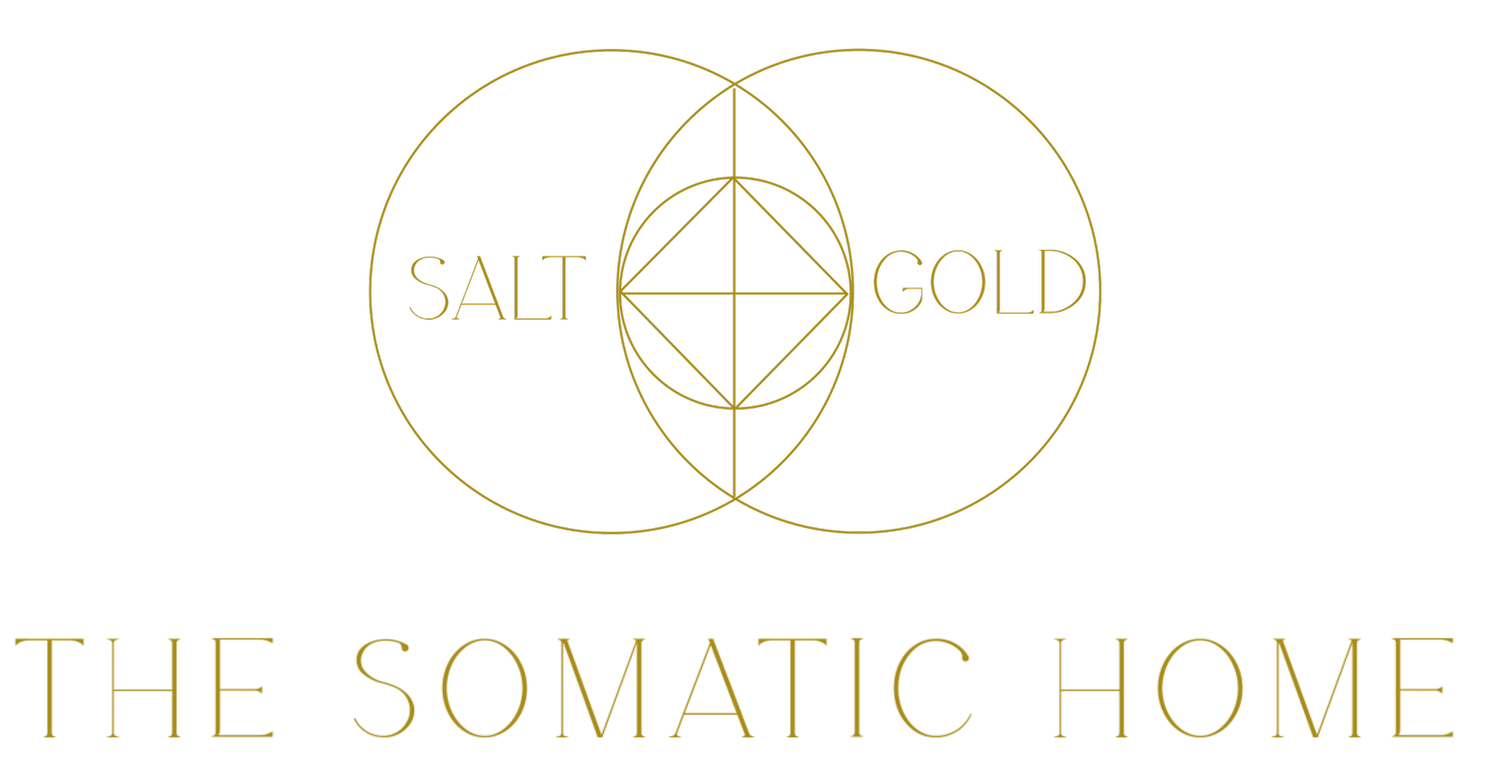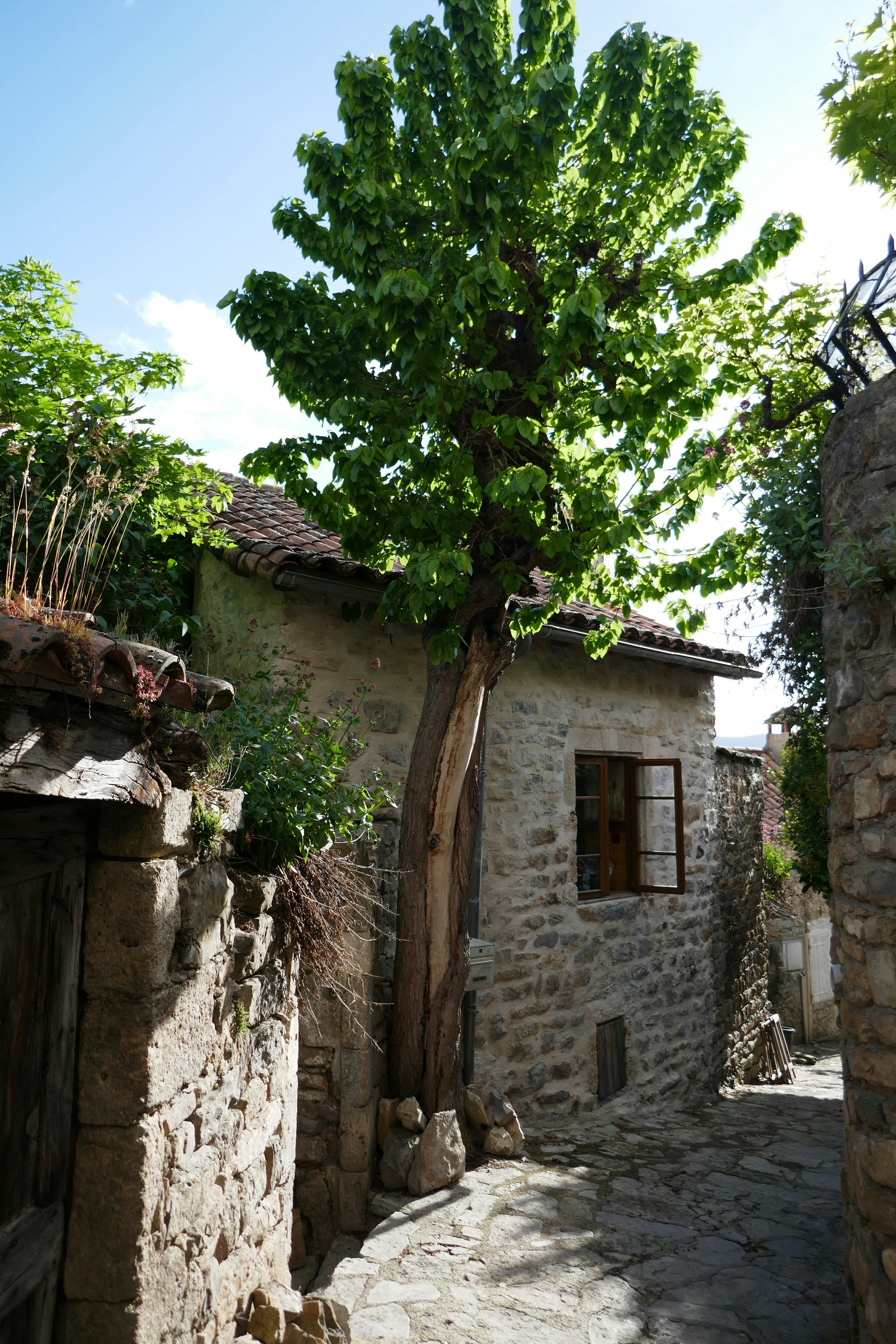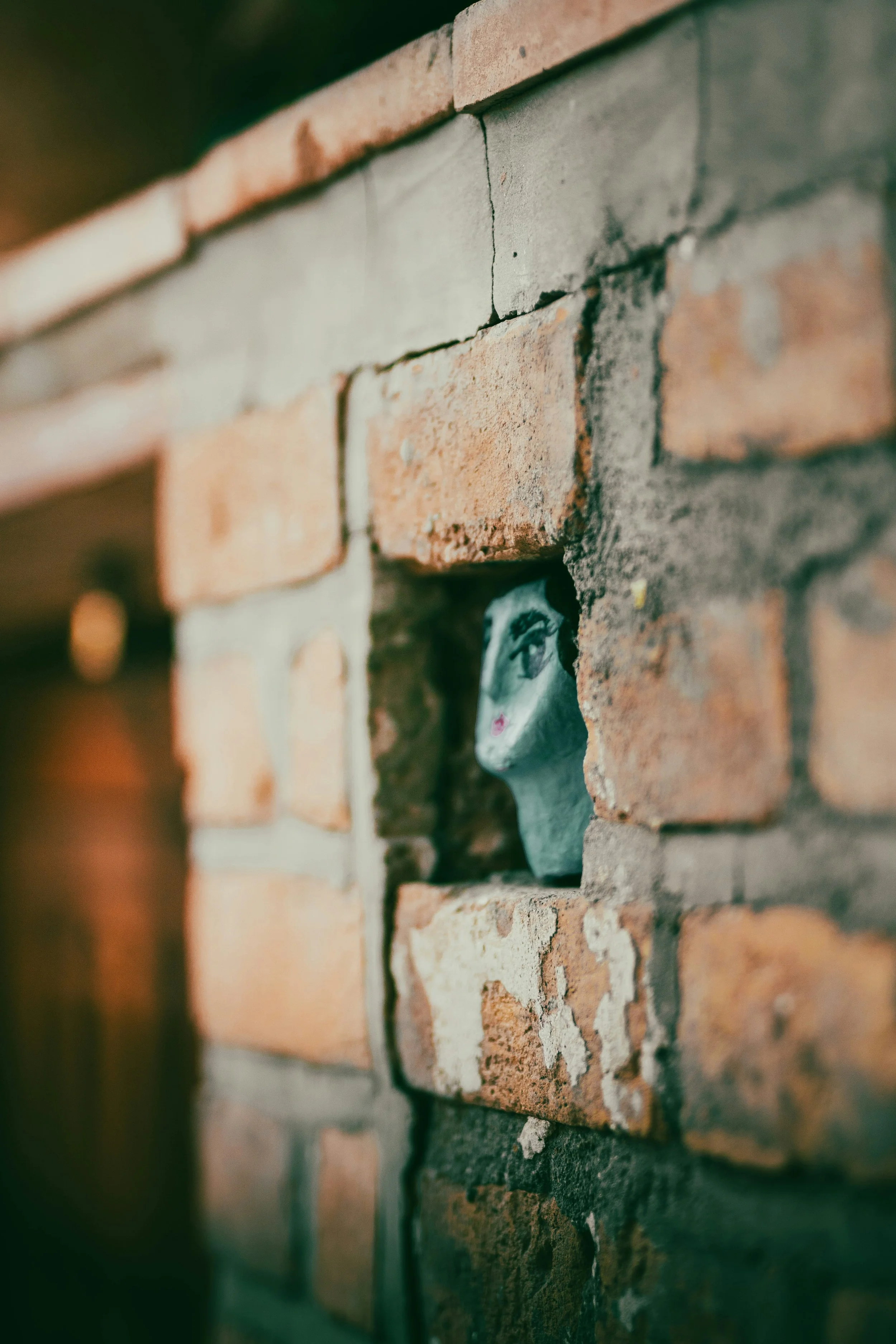The Skin of the Sanctuary — Home as Membrane and Guardian
There is a skin around the house.
Not just the walls or the roof, not the wood or stone — but something subtler. A felt threshold. A boundary of belonging. The home, in its truest sense, is not just where we live — it is the first layer of the family body. A membrane. A guardian. A living filter.
Like skin, it breathes. It holds warmth. It lets in what nourishes and keeps out what harms. Or — it should.
But many homes now have forgotten their skin.
The Threshold as Immune System
Your skin is not decoration — it is your body’s first defense, a listening organ, a place of sensing and filtering. The home, too, was once this kind of body. A place that knew how to protect. A sacred immune system for the family soul.
But the world presses in. We are flooded with image, sound, thought, collective panic, and culture too big to hold. The infosphere seeps under doors, through screens, into the bedsheets. There is no longer a clear sense of inside and outside. The filter thins. The threshold is not tended.
And when the membrane weakens, anything can enter.
Not just strangers — but ideas, values, fears.
The home becomes porous, like an inflamed body.
Unprotected. Ungrounded. Thin-skinned.
The Culture Within
Every home is its own ecosystem. Its own mythology.
It has a rhythm, a scent, a set of invisible agreements that say: this is who we are here.
That is the deeper task of home — not just shelter, but soul container. Not just privacy, but pattern. The home membrane is not a wall — it is a wise skin, tuned to the family body. It lets in the guests that bless, the stories that strengthen. It shields against noise that does not belong.
Culture is always being made. And when it isn’t made intentionally, it is made by default — often by the most insistent external forces.
Without someone tending this membrane — not as a chore, but as devotional craft — the culture inside thins out. We begin to forget who we are. What matters. What is sacred.
The Cost of a Forgotten Threshold
We’re living in a time where the inner and outer worlds bleed together without boundary. The result is a kind of spiritual and psychological erosion — people feeling untethered, overstimulated, disembodied, and unsure why.
In response, we chase healing through productivity, self-optimization, or aesthetic lifestyle shifts. We curate spaces that look calm but feel chaotic. We improve, but we don’t restore. Few are asking the deeper questions:
What is the culture of my home?
What am I allowing to seed in my field?
What threshold am I tending, if any?
The membrane — of body, of home, of psyche — is a forgotten architecture of health. It’s where sovereignty, safety, and soul actually begin. Without a tended membrane, everything gets in. And over time, we lose track of our own shape.
This isn’t about building walls. It’s about rebuilding wisdom.
A quiet discernment. A sacred “yes” and “no.”
A return to the hearth as a filtering fire.
Homekeeper as Grounding Rod
There used to be one who held the center of the home like flame.
Often it was a woman, yes — but more essentially, it was someone who knew the pulse of the place. Someone who listened to the threshold. Who tracked what entered. Who filtered and blessed and kept the culture intact.
Not housekeeper — homekeeper.
A guardian of the hearth’s immune system.
A priest of the unseen.
This role has been forgotten — or reduced to labor. But it is neither nostalgic nor decorative. It is essential. The homekeeper is the bodyworker of the house. The one who senses when it is inflamed, depleted, ungrounded — and calls it back into harmony.
And in a time when the membrane is thin, this role is not optional. It is the sacred art of tending the living space.
It is the foundation of renewal.
Rituals for the Membrane
A body in distress shows symptoms.
So does a home.
To tend the membrane is to return to ritual — not grand gestures, but daily, rooted acts:
Clear the field. Smoke, sound, sweep, silence. Let the house exhale.
Guard the gate. Be discerning with media, imagery, noise. The eyes are doors. The ears are vessels.
Mark the thresholds. Doors, windows, beds, tables — these are sacred zones. Let them be adorned and respected.
Feed the spirit of the place. Songs. Meals. Firelight. Prayer. Laughing at the sink. These are offerings.
Listen to the body. If your skin is inflamed, if your gut is unsettled — the house may be speaking through you.
We are mythic beings living in material houses.
And every house longs to become home again.
The Mirror of Cell and Sanctuary
There’s a deep kinship between our cells and our sanctuaries.
Both know how to hold life.
Both must learn to say yes and no.
Too much exposure, and the body becomes inflamed.
Too little, and it forgets how to reach, how to receive.
In the modern world, we are flooded with more than we can filter.
Information, emotion, noise, opinion — all of it pours in, unbidden.
We scroll, absorb, react, repeat — often without knowing what has entered us.
There is a confusion that comes from living without membrane — a disorientation of the self.
We no longer know where we end and the world begins.
Our membranes are not just physical — they are ancestral.
They carry the wisdom of what protects, and what welcomes.
When the body forgets its boundary, it suffers.
When the home forgets its boundary, it fragments.
And when a culture forgets, it becomes unmoored — loud, fast, rootless.
So the question becomes:
Can we tend the membrane of the home as we would tend the living skin of a child — gently, fiercely, with prayer and precision?
And in doing so, might we restore something ancient in ourselves —
a rhythm, a remembering,
a way of being that knows how to belong without losing its shape?
Let the home be a filter again.
Let it be a hearth.
Let it be a sanctuary with skin.




